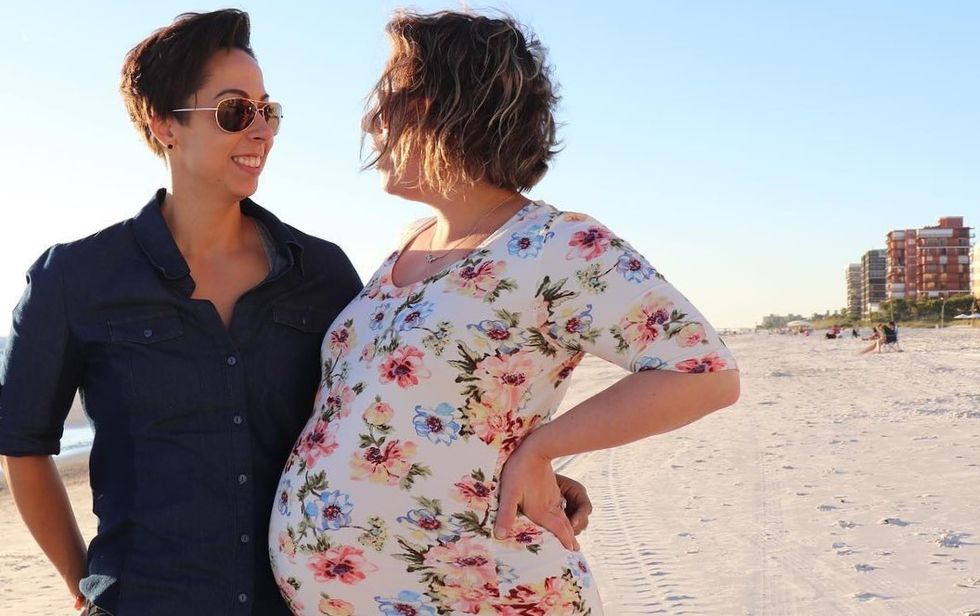In many ways, Stetson Coutier is like any other five-month-old, except he has two mommies, both of whom carried him as he was a developing embryo. Bliss Coutier held the newly fertilized blastocyst for the first few days, acting as the incubator used in standard IVF procedure, using a method called Effortless Reciprocal IVF. As the blastocyst developed into an embryo, it was implanted into Ashleigh Coutier who carried the baby until June of this year, when she gave birth to a healthy eight-pound, three-ounce boy.
Typically, if a same-sex couple would like to have a baby, they must involve either a surrogate or a sperm donor who acts as one of the two biological parents while the other person in the couple adopts the child. In the case of Stetson, however, both Bliss and Ashleigh carried him at some point in the pregnancy, so they are both legally his biological mom.
Bliss had said that she was not interested in being pregnant but wanted to have a child with Ashleigh because it is something she had always wanted. Therefore, it was decided that Ashleigh would be the one to give birth to their child, while Bliss would be involved in the very beginning, so the baby would still be hers. Stetson only carries Bliss's DNA, but he is able to share a strong relationship with both of his moms.
Classic IVF can cost around $30,000, but the version the Coutiers did cost about $15,000 because it eliminated a step in the laboratory (incubation during fertilization and as the blastocyst forms). The device used is called an INVOcell, which allowed for the easy insertion and removal of the blastocyst from Bliss. After the fertilized egg began to develop, it was moved into Ashleigh, where the moms waited 10 days to see if the transition was successful and implanted properly.
The couple does not know for sure if they would like to have more children, but they do have some of Bliss's eggs frozen so they can decide later on. The two are advocates for the method, saying it is a great way to get both parents involved in the process.















